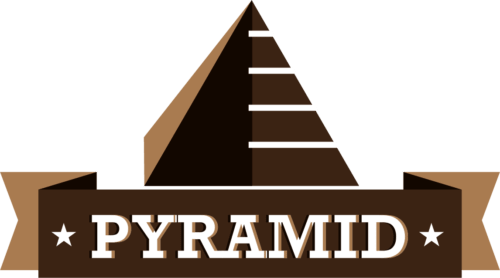Americans have a whopping total credit card debt of almost $1 trillion.
According to a new report on household debt from the Federal Reserve Bank of New York, the total credit card debt remained at the record level of $986 billion at the beginning of 2023, with no change from the end of 2022.
The usual trend is for balances to decrease at the beginning of the year as people pay off their debt after the holiday season. However, New York Fed researchers have noted that for the first time in 20 years, balances have not decreased due to inflation and increased cost of living.
TransUnion’s latest quarterly credit industry insights report shows a nearly 20% increase in credit card balances when compared to the same period last year. During this period, the average balance on credit cards also rose to $5,733.

Michele Raneri, TransUnion’s VP of US research and consulting, stated that due to the nearly 40-year-high inflation, a lot of consumers have resorted to credit to handle their finances, causing their balances to reach record or almost-record levels.
According to Matt Schulz, LendingTree’s chief credit analyst, credit card debt is expected to continue increasing in the near future.
The average credit card rate has reached an all-time high of over 20% after the Federal Reserve’s recent rate hike.
Although credit cards have very high APRs, many Americans still borrow money from them month after month. As per a Bankrate report, almost half of the credit card users have outstanding balances.
Experts recommend certain strategies to pay off high-interest credit cards for good.
Here are five methods to address high-interest credit card debt.
1. Reassess your spending. According to experts, it is advisable to begin with a simple budget. It is essential to know the exact amount of money that comes in and goes out of your household every month to create a practical plan for managing debt.
Utilizing a worksheet or online tool can assist you in evaluating your expenses and finding ways to distribute your money more effectively.
2. Plan a payoff strategy. There are two options for tackling repayment: firstly, concentrate on repaying the debt with the highest interest rate, or secondly, pay off debts in ascending order of their amount, starting with the lowest.
Two common methods for paying off debts are the avalanche method and the snowball method. With the avalanche method, you prioritize paying off debts with the highest interest rates first. This can save you money in the long run. On the other hand, the snowball method focuses on paying off your smallest debts first, regardless of interest rate, to build momentum and motivation as you see the debts disappear.
To use either strategy, you need to make the minimum payments every month for all your debts and use any extra money to pay off one debt faster. Nelson suggested setting up automatic payments and text alerts on your phone to make sure you pay on time.
3. Apply for a credit card that offers a 0% balance transfer. One of the most effective ways for Americans to combat their credit card debt is by using balance transfer cards that provide a 0% interest rate for up to 24 months.
To maximize the benefits of a balance transfer, it’s crucial to make large payments towards the balance during the introductory period. Otherwise, any remaining balance will incur a new annual percentage rate, usually averaging around 23%, which is comparable to rates for new credit.
4. Ask for a lower credit card rate. If you owe money on your credit card, consider contacting your card issuer to request a decrease in your annual percentage rate. It’s worth a try and there’s no harm in asking.
According to a LendingTree report, 76% of people who requested a lower interest rate on their credit card in the past year were successful. You might even be able to negotiate a lower annual fee, a higher credit limit, or the waiving of a late fee.
5. Take advantage of high-yield savings accounts. Aside from making debt payments, it’s important to save some money for emergencies. Doing so will prevent you from accumulating more debt as you work on paying off the balance you already have.
According to Greg McBride, the chief financial analyst at Bankrate.com, you can use the competitive rates offered by online banks. Recently, some online savings accounts and one-year certificates of deposit are providing high yields as much as 5%, which is a significant improvement after years of low returns.
By taking advantage of higher-yield savings accounts, you can maximize the amount of money saved while you work on paying off your debt. You could even use a portion of the interest earned to put toward your debt payments.
 How to Get Rid of Ability Recovery Services on Credit ReportDecember 14, 2023
How to Get Rid of Ability Recovery Services on Credit ReportDecember 14, 2023 How to Remove Hard Inquiries from Your Credit Report in 15 MinutesOctober 10, 2023
How to Remove Hard Inquiries from Your Credit Report in 15 MinutesOctober 10, 2023 How to Cancel Your Credit One Card: A Step-by-Step GuideNovember 28, 2023
How to Cancel Your Credit One Card: A Step-by-Step GuideNovember 28, 2023 How to Handle Credit Collection Services (CCS) on Your Credit ReportOctober 24, 2023
How to Handle Credit Collection Services (CCS) on Your Credit ReportOctober 24, 2023 How to Handle Transworld Systems (TSI) on Your Credit ReportDecember 6, 2023
How to Handle Transworld Systems (TSI) on Your Credit ReportDecember 6, 2023










